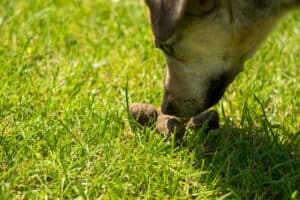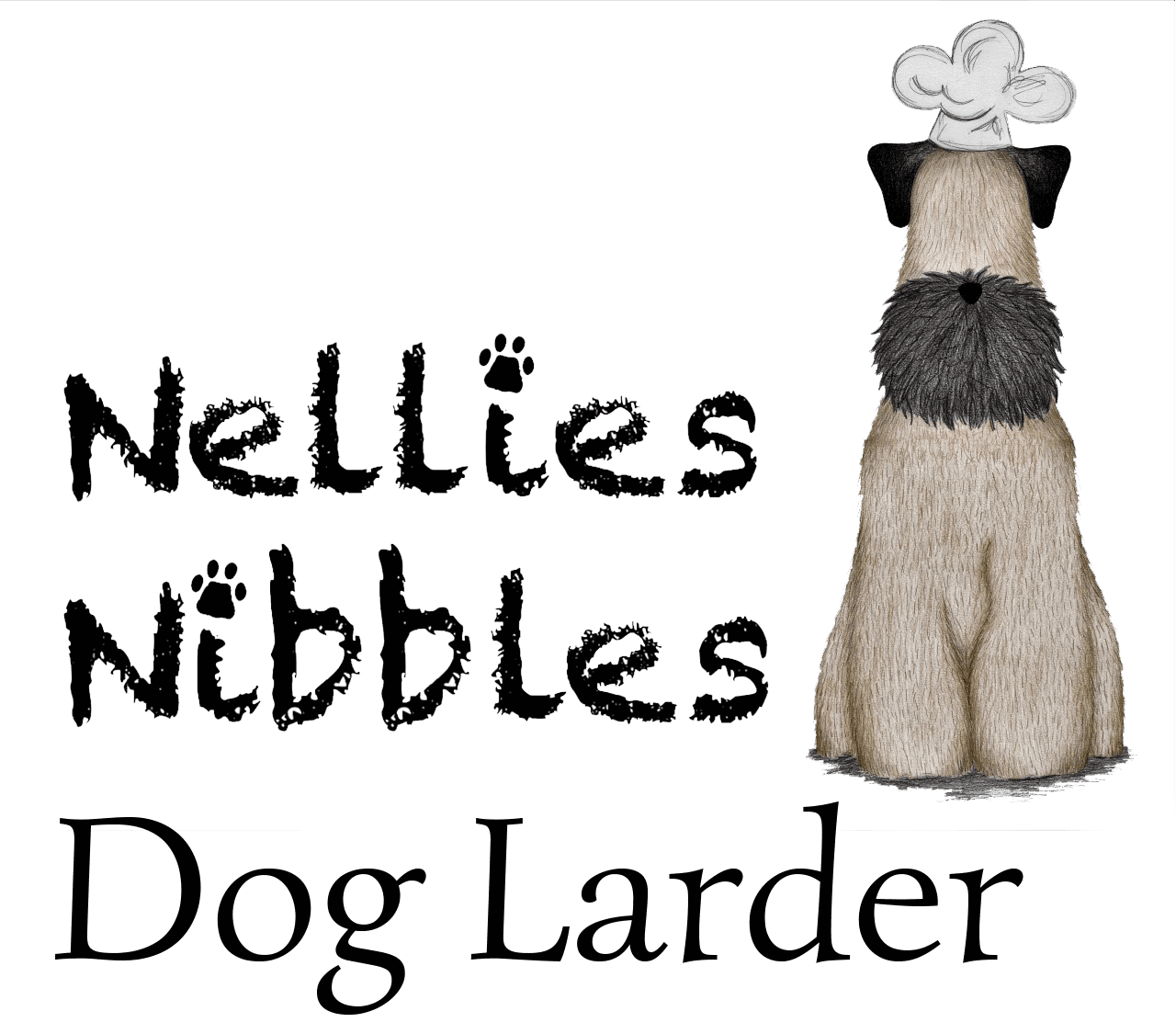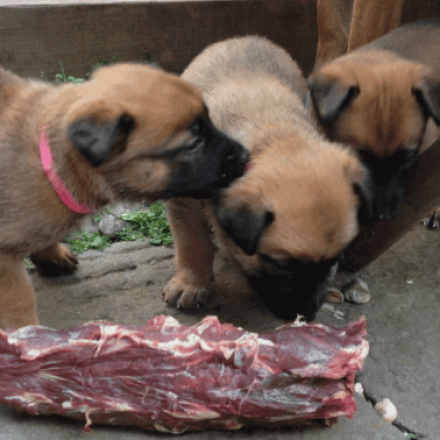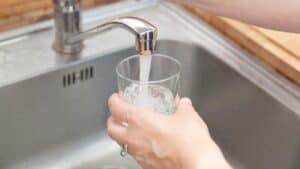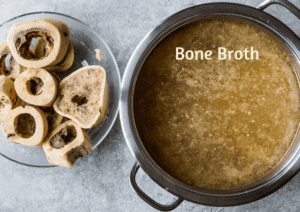You can start to raw feed a puppy at any age. Some breeders are known to wean litters of pups onto raw once they are finished with feeding from the dam (mum).
If your puppy has been weaned onto a kibble and you want to raw feed them,
I’d first allow your pup to settle into their new home with you. This period of time can be really stressful for the young pup, adjusting to his/her new surroundings and all the new people coming & going, I feel it best to keep at least his food the same just for a small amount of time.
So how do you even begin to feed your pup raw…
The general rule of thumb is to feed puppies 2-3% of what will be the puppies adult weight, you should know this if you have a purebred dog.
Example: Your puppies adult weight would be 10kg x 30 (3%) = 300g per day.
Or
If you have a mixed breed puppy and wouldn’t know the adult weight then it’s usually between 3-9% (based on age in months)
Example: Puppy age 2-4 months old feed 9%. Puppy currently weighs 3kg
(90 x 3kg) = 270 kg per day (divided in the amount of meal per day)
OR
Puppy age 6-8 months old, feed 5% puppy weighs 10kg (50 x 10kg) = 500g per day. (divided in the amount of meal per day)
Remember this is a guide, every dog varies depending on breed and energy levels but generally puppies need double of that of an adult intake.
The amount he/she’s having per day will increase as they grow and gain more weight.
Pups grow at an enormous speed and it’s really important to get all the nutrients into them in the time frame of growth & development.
Always a good idea to weigh your pup weekly so that your able to adjust feeding amounts.
Pups ideally need to have 4 meals per day up to the age of 4 months, then you can reduce down to 3 meals or even 2 meals per day from the age of 6 months.
Some pups even regulate themselves on how many meals a day they want.
Puppies should start with a plain tripe, usually Lamb. Tripe is an amazing preparation protein. It’s gentle on the gut & intestines and allows for a smoother transition eventually leading to other proteins. Some say it contains it’s very own probiotic.
The kibble & raw debate, should you really mix the two? Well this subject is a very divided one. Some think that raw & kibble digest at different rates, so when fed together it can cause upsets in the dogs digestion. There isn’t actually any scientific evidence to prove this is the case. The two diffent foods do need different ph levels for optimal digestion, which may be why its thought its not advisable to feed together. Personally I have always transitioned pups straight over. I don’t think anyone needs to get hung up on this area.
So two ways you can go about this:
If you add a spoonful of raw to your dogs kibble then remove a handful of kibble and gradually decrease the kibble and increase the raw over a few days
Or
You can do a straight swop, as in finish kibble diet on a Friday start raw on the Saturday.
Do what you feel confortable with, building your confidence.
You can at the beginning also feed a good probiotic (friendly bacteria that protects the body from bacteria, viruses and fungi) and digestive enzymes (break down and absorb nutrients from food) kiki Body Biotics or Prozyme
Fresh oily fish like sprats or herrings are fed after your pup has settled and been fed raw for roughly 4+ weeks. You can start them firstly on tinned fish but make sure its in olive oil, never use fish in brine (salted)
Leave feeding offal until you’ve at least got a month underway. Including offal needs to be VERY slow and in Small amounts.
You can even add a raw egg to your pups bowl every few days, these are loaded with nutrients.
So as a guide
Three to Four days Plain minced Lamb or Ox tripe
Week 1 Tripe & Chicken
Week 2 Tripe & Duck
Week 3 Lamb Tripe & Turkey
Week 4 Ox tripe & Duck
After these 4 weeks you can move away from the tripe and just feed it a couple times a week if you want to.
You can introduce around week 2 a chicken neck or two during the week. These are of a soft bone so ideal to start them on. If they cope with these and the poop is looking ok (firm but not crumbly) then you can introduce a chicken wing around week 3 or 4. Often raw chicken feet are used as a popular treat.
You can hold the chicken wing whilst allowing your puppy to have a gnaw on, that way you can gauge how your puppy will cope. At a later stage you can feed duck wings/necks and even give them a lambs neck to nibble on.
Never leave a puppy unattended with bones.
The key is to feed & rotate as many proteins as possible over time and balancing out over the week. After a couple of months you can start to add slightly richer meats like Venison and maybe even pork. Just take it slowly. Your aim is to get your puppy onto 80/10/10 ratio which is 80% Meat 10% Bone 10% Offal remember this is a guide
It can be really helpful to keep a note on your calendar in the early weeks as to what protein you feed each day, that way if your puppy has a sensitivity occur you can reference back to the most recent protein you’ve fed to see if that might be the cause. This just saves you playing the guessing game and allowing you to eliminate it fairly quickly.
For a few puppies textures can play a part, so don’t be put off if at first your puppy turns his nose up. Try changing brands. You don’t have to stick to one. Some puppies like a pate type and some like the more chunky pieces.
I feel it’s really important for your dog to have choice & variation , whether it be chunks to rip and eat or a decent fresh bone to chew on. After all, would you eat a bowl of porridge or digestive biscuits every day and feel and look great, I would say not, neither will you puppy.
Things you will see quite quickly are
- Smaller, less poo’s per day to pick up
- Drinking less
- Contentment
- Less chance of an upset tum
- Fewer if any skin issues
- Less Anal Glad problems
Feeding a raw, species appropriate food give less wastage (Poo) because it has no unnecessary poor, non nutritional bulking ingredients such as (Peas/Potato) unlike kibble. The body see’s this as a waste product of no nutritional use to the body.
They drink less because raw is around 70% + moisture rich, providing less stress on the kidneys, unlike dry kibble which contains 5-10% moisture.
I hope this guide helps to make raw feeding your puppy easier to understand.
Jo & Nellie (woof)
